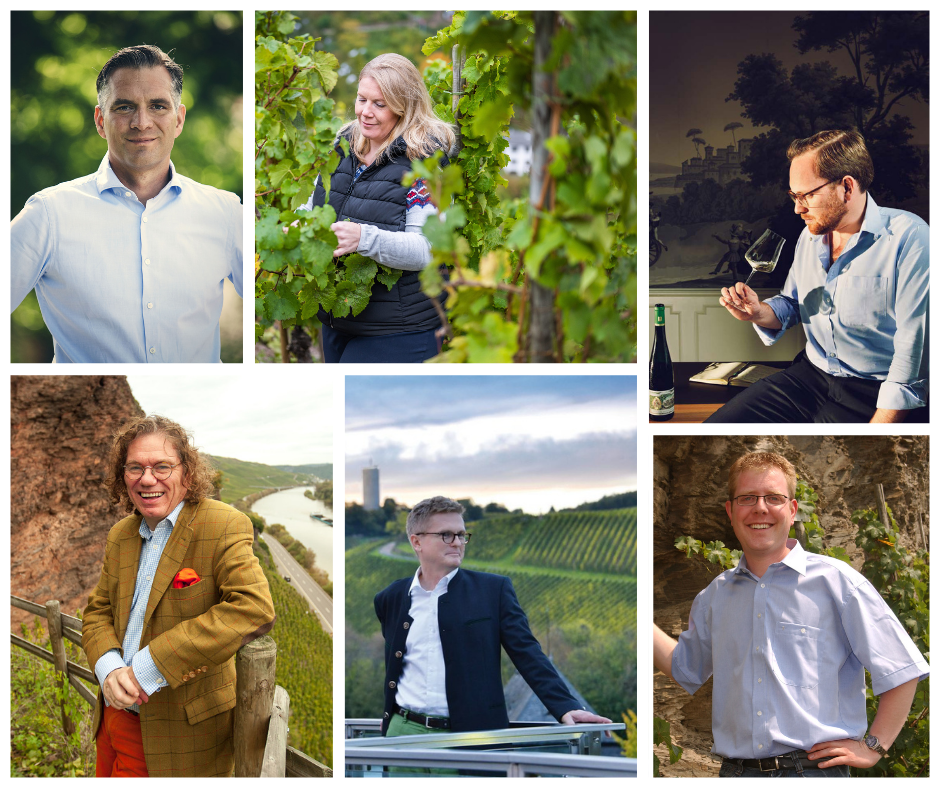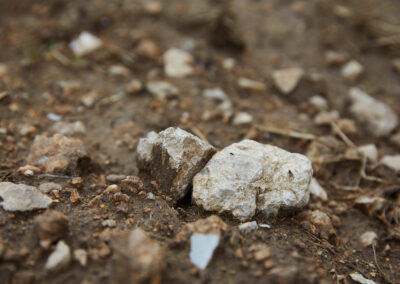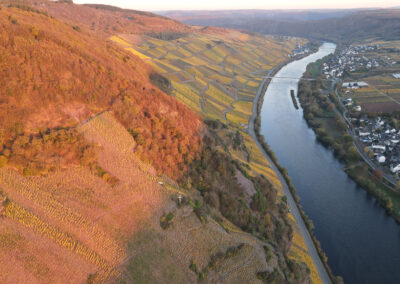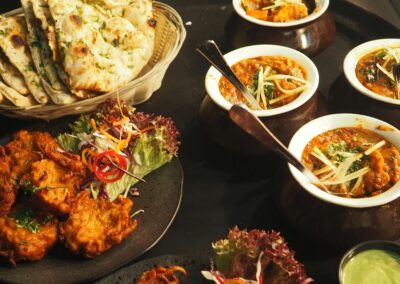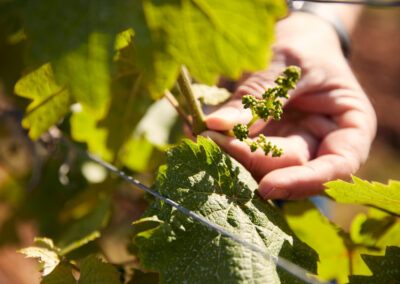German winemakers continue to preserve traditional winemaking techniques while accounting for modernity. There are two wine classification systems that have protected the quality and reputation of German wines: the VDP vineyard classification system and the Prädikat ripeness level classification system.
Who is the VDP?
The VDP (Verband Deutscher Prädikats- und Qualitätsweingüter) is an association made up of 200 German wine producers that are dedicated to protecting the quality and reputation of German wines. The VDP classifies vineyards based on quality by using historical winegrowing maps dating back to the 19th century. It is the oldest national association of fine winegrowing estates anywhere in the world.
To become a member of this elite group, estates must adhere to a set of self-imposed quality standards in every aspect of production. Every five years, member estates are reevaluated to ensure compliance. To be a member of the VDP one must…
- Be an estate owner that possesses appropriate winegrowing and cellar facilities.
- Perform viticulture, viniculture, and marketing in-house by qualified professional personnel.
- Cultivate the finest vineyards, as determined by soil topography and microclimate.
- Reduce harvest yields to boost quality.
- Produce traditional varieties typical of the region especially Riesling, Silvaner, and the Pinot family.
- Focus on natural techniques to promote greater distinctiveness in the wines.
It is also mandatory that grapes be hand harvested for VDP.ERSTE LAGE and VDP.GROSSE LAGE classifications, as well as for wines at Prädikat levels from Auslese to Eiswein.
The VDP Vineyard Classifications

In total, there are four tiers of VDP vineyard classification: VDP.Gutswein, VDP.Ortswein, VDP.Erste Lage, and VDP.Grosse Lage. The VDP system combines the Bordeaux and Burgundy classification systems—Bordeaux classifies its estates; Burgundy classifies vineyard sites.
The VDP.Gutswein tier encompasses versatile estate wines designed for everyday enjoyment. These wines are light, refreshing, and fruit-forward and showcase the winegrower’s distinctive style. Uncomplicated and approachable, these wines are great for most gatherings and occasions. The VDP.Gutswein classification is comparable with a regional wine in Burgundy.
VDP.Ortswein wines highlight the regional roots from which they come. These wines explore a village’s singular and unique terroir and their food-friendly nature appeal to a wide variety of palates. This tier is comparable with Village wines in Burgundy.
Premium German vineyards are classified as VDP.Erste Lage; sophisticated, terroir-influenced wines with significant aging potential. These wines are complex and show great finesse like Premier Crus in Burgundy. The most significant and grandest German wines are classified as VDP.Grosse Lage. These wines come from the best vineyard sites and are the flagships of the VDP collection. Each bottle expresses the characteristics of a particular site with nuance and complexity and is built to provide superior aging potential, much like Grand Cru in Burgundy.
The four goals of the VDP classification system are: to establish the value of Germany’s top vineyard sites, to secure the preservation of a unique cultural landscape, to reclaim the prestige of grand dry wines from Germany, and to emphasize the importance of tradition-rich naturally sweet Prädikat wines.
Prädikat Levels

The Prädikat system classifies wine based on ripeness level. In total, there are six tiers ranging from bone-dry to lusciously sweet: Kabinett, Spätlese, Auslese, Beerenauslese, Eiswein, and Trockenbeerenauslese.
Kabinett
Kabinett grapes are the first to be harvested in each vintage. These wines tend to be light and delicate with balanced acidity – they are also naturally low in alcohol.
Spätlese
Spätlese is harvested shortly after Kabinett. Because these grapes remain on the vine longer, they develop more intense flavor concentration and depth of expression.
Auslese
Auslese means, “selected from the harvest,” and is produced from a special selection of very ripe clusters, usually (but not always) with a fair amount of botrytis. Auslese is a lush, intensely fruity wine, with a massive, yet elegant structure. The moderately high sweetness is beautifully balanced by firm acidity.
Beerenauslese
Beerenauslese wines are full and fruity and are made from very ripe berries that have been affected by botrytis. These are rare wines because the weather conditions must be perfect to enable ripening to this extent. Beerenauslese can be aged for decades and is known for longevity.
Eiswein
Eiswein (“ice wine”) is a rare, highly prized dessert wine made from grapes that have frozen solid on the vine. They are pressed while still frozen to extract a tiny amount of hyper-concentrated, extremely dense nectar. Eiswein typically has a more edgy, crystalline character from its brilliant acidity and lack of botrytis.
Trockenbeerenauslese
This is as intense as it gets! This is a “dried-berry selection” in which only those grapes that have completely shriveled down to raisins are selected, one by one. It’s a lot of work for very little juice, but the result is the densest, most concentrated dessert wine possible.

